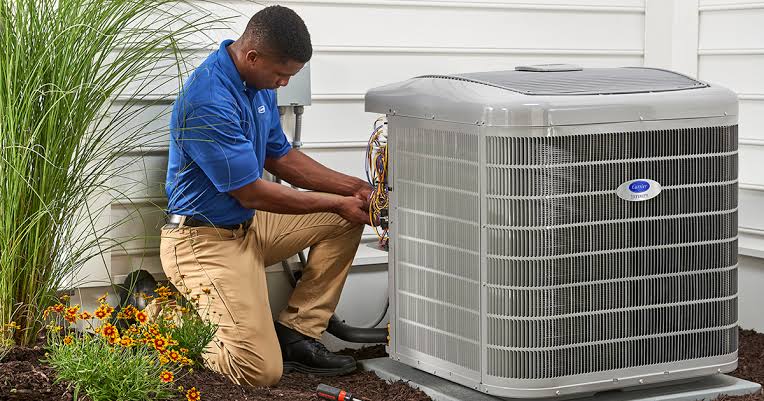Maintaining a pleasant atmosphere is essential for any retail space. Shoppers are far more likely to stay longer and make purchases when they feel comfortable. This is why installing air conditioner in a store is not just a luxury but a strategic business move. From improving customer satisfaction to creating a better work environment for employees, effective climate control can significantly impact your store’s success.
The Importance of Climate Control in Retail
Temperature plays a major role in how people behave inside a store. A hot and stuffy environment may drive customers away quickly, while a cool and well-ventilated space encourages them to explore more products. Employees also perform better in comfortable conditions, resulting in improved service and productivity.
Picking the Right Air Conditioning Unit
Choosing an appropriate air conditioning unit depends largely on the size and layout of your store. A smaller shop may do well with a simple wall-mounted unit, while larger spaces often require more complex systems. It’s also important to consider factors like the number of windows, ceiling height, and foot traffic.
Energy efficiency should be a top priority. An efficient system might cost more upfront, but it can help reduce monthly utility bills and minimize your store’s environmental impact. Additionally, the unit should operate quietly so as not to disturb customers or interfere with the shopping experience.
What to Consider Before Installation
Installing an air conditioner involves more than just choosing a unit. It’s essential to evaluate your store’s electrical capacity to ensure it can support the system. Placement is also important—both the indoor and outdoor components need to be positioned in a way that maximizes performance and minimizes visual disruption.
Proper insulation will help the unit work more efficiently. If your store has large windows or poor insulation, you might need to address those issues first to avoid energy waste. It’s also wise to review any lease agreements or local regulations that might affect where and how you can install an air conditioning system.
The Installation Process
Once all preparations are complete, professional installation can begin. This usually starts with a site assessment where technicians measure the space and determine the best configuration. Installation may involve mounting indoor and outdoor units, running piping and electrical lines, and testing the entire system to ensure it operates correctly.
Working with experienced professionals helps avoid common mistakes like inadequate airflow, leaks, or improper refrigerant levels. A well-installed unit should cool the space evenly, respond accurately to temperature settings, and require minimal maintenance in the early years.
Maintaining Your Air Conditioning System
After installing an air conditioner in a store, regular maintenance is key to keeping it running smoothly. Filters should be cleaned or replaced on a regular basis to prevent dust buildup and maintain good air quality. Periodic inspections by a technician will help detect small issues before they become costly repairs.
Using a programmable thermostat can also enhance energy efficiency. By adjusting the temperature based on store hours and weather conditions, you can create a comfortable environment without wasting energy.
Final Thoughts
A properly selected and installed air conditioning unit can make a noticeable difference in how customers and employees experience your store. Beyond comfort, it contributes to a more professional, inviting atmosphere that supports your overall business goals. With thoughtful planning and regular upkeep, your air conditioning system will continue to deliver value for years to come.
